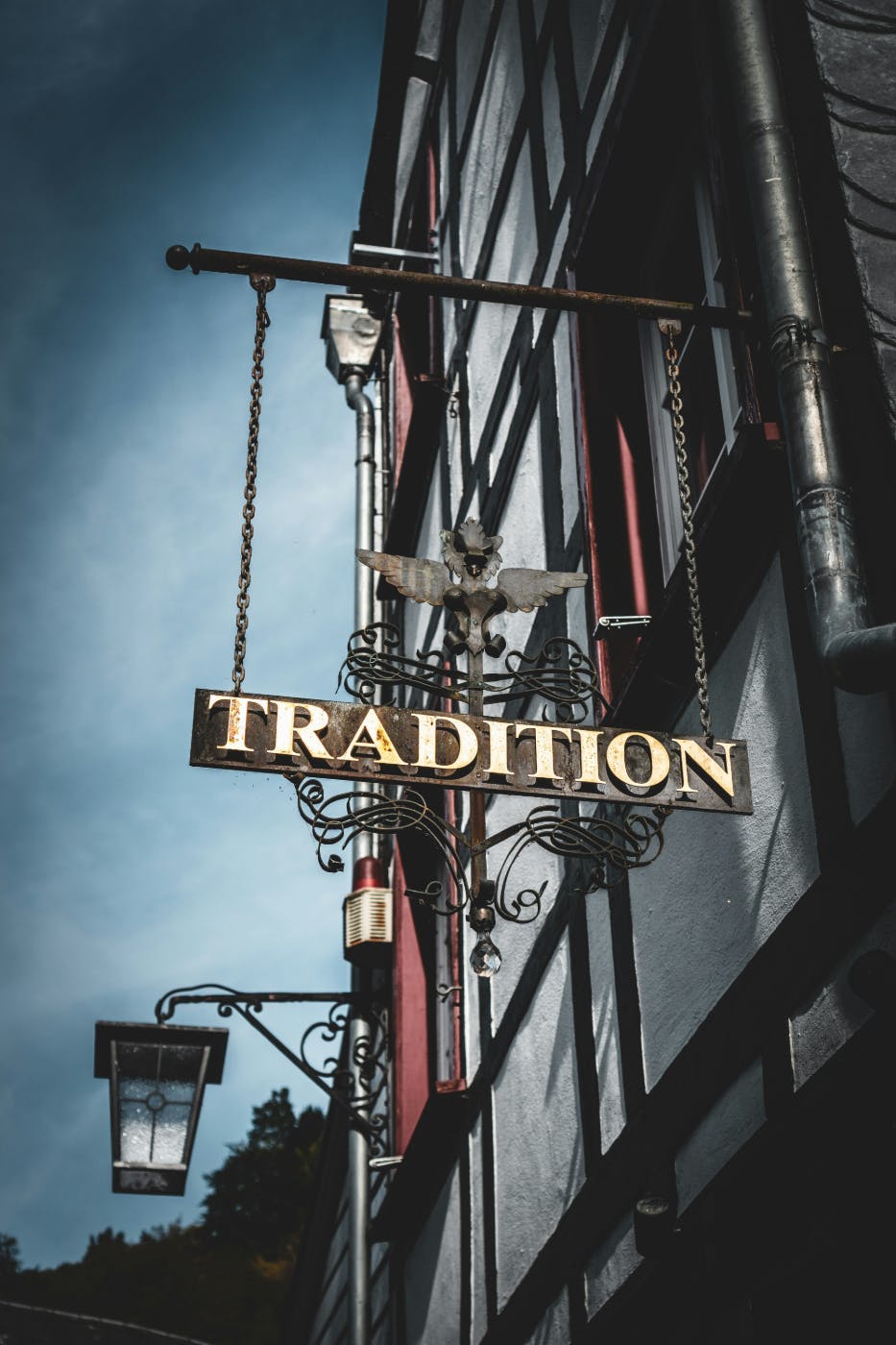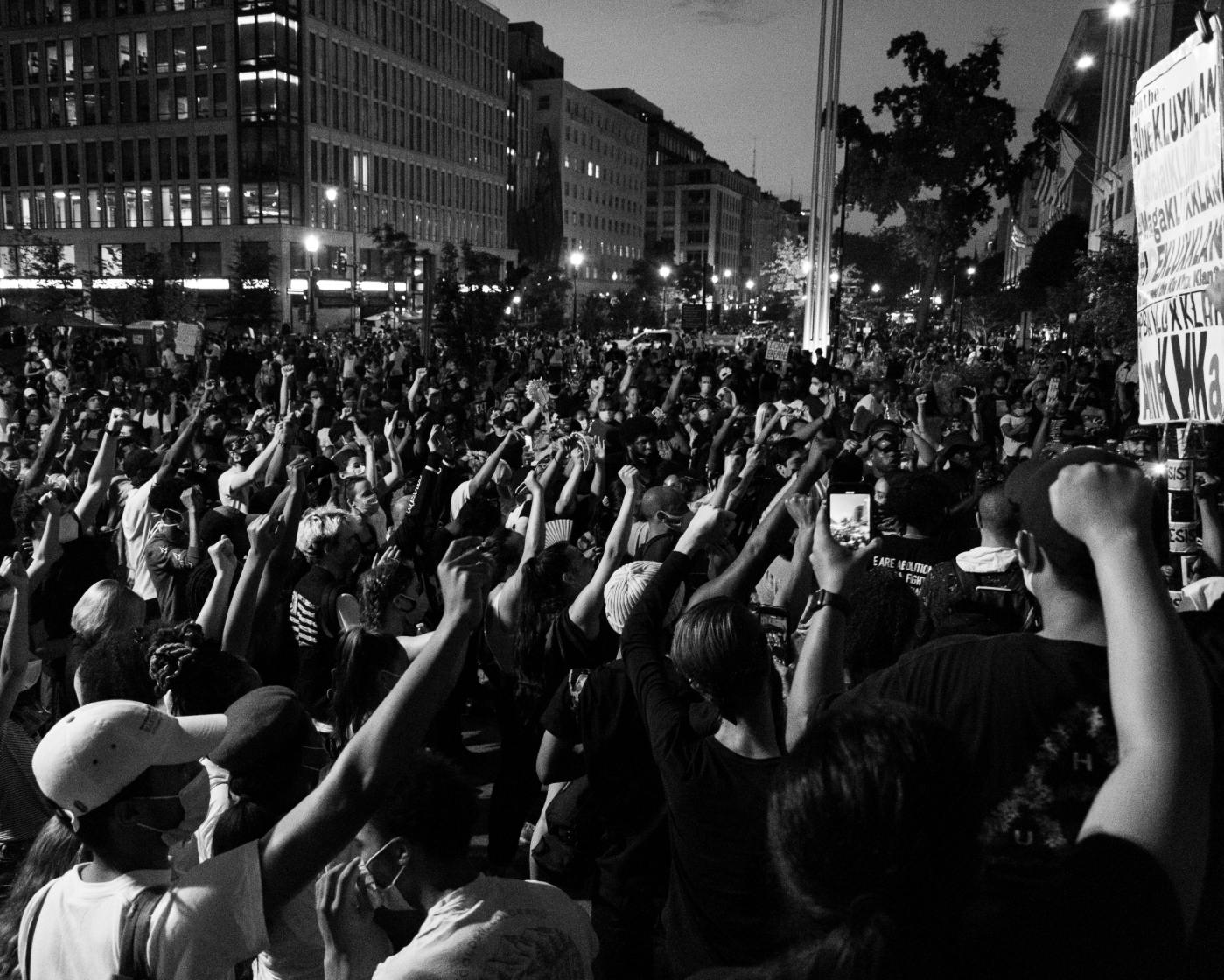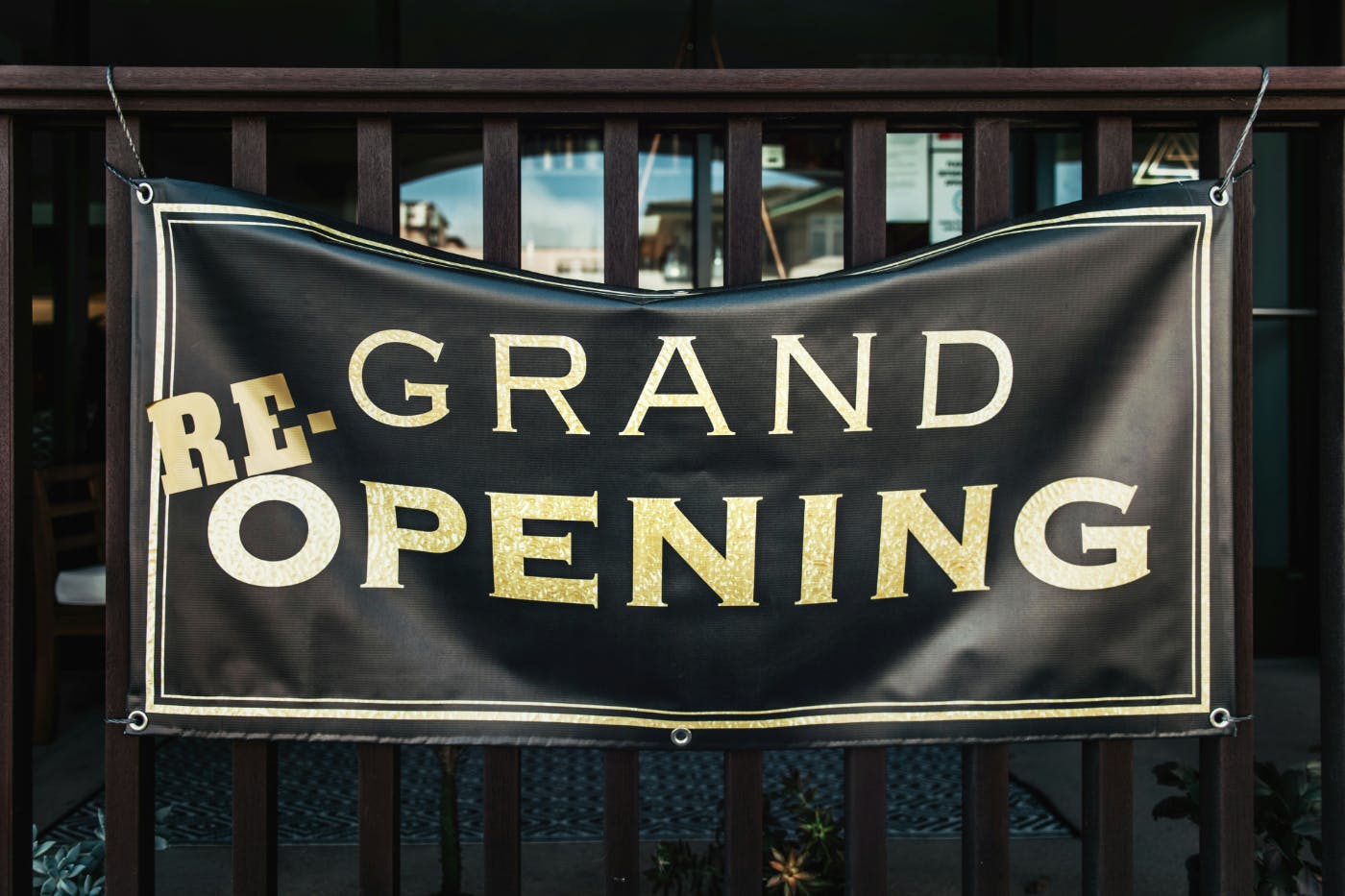

For decades, “positioning” was the holy grail of branding. Coined by Ries and Trout in the 1980s, the idea was revolutionary: own a place in the customer’s mind, carve out a mental niche, and hammer it home with consistency.
Build belief. Move people.
The Crumbling Pedestal of Positioning
I did a small role in a movie that was written by Vince Vaughn. I showed up on my one day of shooting, and there he was, in the flesh. He was tall and had that swagger we see of him in films. I wasn’t a huge fan. I thought he had done a trick, played it to the end, and not much more was there.
But he was kind, and he talked to me. I told him I really liked him in Brawl in Cell Block 99, and he was appreciative. Then things changed.
I was playing a cab driver—a small role, one of those blink-and-you-miss-it gigs. But Vince started talking to me about the scene, about the character, about the journey he was shaping through the film. He spoke about poetics and momentum, archetypes, and myth. It wasn’t the slick-talking Wedding Crasher I thought I knew—it was a theater kid with a philosopher’s mind. And I was floored.
I walked away from that day with no idea if my scene made the final cut. But I carried something else: a lesson about perception—and how tightly we try to control how we’re seen. Vince Vaughn had been positioned a certain way by Hollywood, by audiences, maybe even by himself. But behind the image was something far deeper.
That’s what we’re talking about today: positioning, and why it no longer serves brands the way it once did.
For decades, “positioning” was the holy grail of branding. Coined by Ries and Trout in the 1980s, the idea was revolutionary: own a place in the customer’s mind, carve out a mental niche, and hammer it home with consistency. It made sense in a time of limited channels, passive audiences, and predictable markets.
But that world is gone.
Today, attention is fragmented, culture moves at warp speed, and the people we once called “consumers” are now creators, critics, communities, and causes. They don’t just want to buy from brands—they want to belong to something. And they can smell spin from a mile away.
Here’s the truth: the positioning model hasn’t just aged—it’s breaking. It’s too static for a dynamic world. Too rational for emotional decisions. Too top-down for a participatory culture. We’re not living in a brand-as-message era anymore. We’re living in a brand-as-movement era.
At ThoughtLab, we believe the next generation of powerful brands won’t be positioned—they’ll be followed. Not for what they sell, but for what they stand for, not for their features, but for their fire.
This is the death of positioning. And the rise of something far more powerful.
Vince Vaughn’s unexpected depth wasn’t just a revelation—it was a reminder: we often confuse projection with presence. And in branding, we’ve done the same thing for decades. We’ve relied on positioning to control perception, to define how we want to be seen. But that control is slipping. What worked in an older media world now feels brittle, hollow, performative. If brands want to matter today, they need to do more than just occupy mental space—they need to inspire movement.
Let’s take a closer look at why traditional positioning is breaking down.

What’s Wrong With Traditional Positioning Today
Once upon a time, positioning worked. You built a product, identified a market, found a white space in the mental map, and claimed it. Brands were built on slogans, categories, and the illusion of control.
But today’s environment isn’t built for static claims—it’s built for dynamic connection. And traditional positioning fails for four key reasons:
1. It’s Too Rational
Positioning tries to win hearts through logic—features, benefits, value props. But humans don’t operate like spreadsheets. We decide based on emotion, identity, and belief. Rational arguments don’t stir loyalty—they explain a purchase. Movements, on the other hand, stir devotion.
2. It’s Too Static
Once crafted, a positioning statement rarely evolves. It becomes a sacred cow—defended, polished, repeated. But culture is fluid. New voices emerge. Contexts shift. A brand that stands still dies slowly. Movements live because they move.
3. It’s Too Isolated
Positioning is often created in boardrooms and branding workshops, then broadcast outward like gospel. It’s a monologue. But today’s audiences expect dialogue, collaboration, and authenticity. Brands that don’t co-create with their audience don’t get followed—they get tuned out.
4. It’s Too Shallow
The typical positioning exercise asks, “What do we do better than our competitors?” It should be asking, “What change are we helping bring to the world?” Positioning is obsessed with difference; movements are obsessed with meaning.
Positioning says: “We’re better.”
Movements say: “We believe in something bigger.”
That difference is everything.
So if traditional positioning is no longer enough—if it’s too rational, too static, too isolated, and too shallow—what is working?
The answer isn’t a new slogan or a shinier deck. It’s a shift in identity, in behavior, and in the role brands are willing to play in people’s lives.
The brands winning today don’t just tell us who they are—they show us what they stand for. They invite us in. They build meaning over time.
In short, they behave like movements.
What Movements Do Differently
Brands that behave like movements don’t need to scream to be heard. They don’t chase relevance—they radiate it. They understand something traditional positioning never could: that in a world of infinite options, people aren’t just looking for solutions. They’re looking for something to stand with.
Here’s what movement-driven brands do differently:
1. They’re Built on Belief
At the heart of every movement is a conviction. Not a feature set, not a tagline—a belief. Something the brand stands for that people can emotionally align with. Think: “We’re in business to save our home planet” (Patagonia), or “Death to plastic” (Liquid Death). These aren’t mission statements—they’re rallying cries.
Belief creates belonging. And belonging beats branding every time.
2. They’re Designed for Participation
Positioning defines what a brand is. Movements ask: what can people do with it? From social sharing to co-creation, from community forums to advocacy campaigns, movement brands give people a role. A reason to speak up. A way to contribute. They build tribes, not target markets.
Participation turns customers into allies—and allies don’t switch brands.
3. They’re Adaptive and Alive
Positioning tries to fix a message in place. Movements evolve. They respond to culture, shift with events, and expand over time. They stay rooted in their belief, but they grow. They aren’t afraid to update the story, change the language, or invite new voices in.
That elasticity is a strength, not a threat.
4. They’re Narrative-Driven
Movements follow an arc. There’s a struggle, a transformation, a future people want to help shape. These brands don’t just say, “Buy our product.” They say, “Join us in rewriting the story.” They give customers a role inside the narrative—not just a reason to consume, but a reason to care.
The best brands today don’t just have messaging—they have mythology.
At ThoughtLab, we help brands tap into this narrative depth, not as decoration, but as architecture. Because when belief, participation, adaptability, and story come together, you don’t just have a brand that stands out.
You have a brand that moves people.
But let’s make this shift even clearer.
If positioning and movements operate on different principles, how do they truly compare? What does it look like when a brand moves from one model to the other?
Let’s map the difference.

From Positioning to Movement: Key Shifts
Most brands today are still operating on an old operating system, trying to compete through marginal improvements, clever taglines, or claims of superiority. But movement-driven brands are playing an entirely different game. They're not trying to own a corner of the mind; they're trying to earn a place in people's lives.
Here’s how the shift looks when you put the two models side by side:
Traditional Positioning Movement-Driven Branding
USP (Unique Selling Proposition) Shared Belief or Rallying Cry
“We’re the best at X.” “We believe in Y—and we’re inviting you to join us.”
Target Audience Active Community
Defined by demographics and buying habits Defined by shared values and mutual purpose
Messaging Narrative
Tells people what to think Gives people a story to live inside
Visual Identity Cultural Symbols
Consistent and polished Evocative and resonant
Control the Brand Co-Create the Brand
Internal teams define and distribute Audience participation helps evolve and spread it
Consistency Emotional Resonance
Same message, everywhere Same feeling, everywhere
A brand driven by positioning asks: “How are we different?”
A brand driven by movement asks: “What are we part of—and who are we building it with?”
This isn’t just a tactical shift. It’s a philosophical one. Positioning is rooted in competition. Movements are rooted in connection.
And in a world that’s starving for meaning, connection always wins.
This kind of shift can sound abstract—until you see it in action.
The most compelling brands today aren't just talking differently; they're acting differently. They’ve stepped out of the positioning playbook and into something more human, more resonant, more alive.
Let’s look at a few brands that aren’t just selling—they’re leading.

Examples: Brands Behaving Like Movements
You know a movement brand when you see it. People don’t just buy the product—they wear the logo, quote the mission, and evangelize the experience. These aren’t brand loyalists. They’re believers.
Here are four brands that exemplify what it means to behave like a movement:
Patagonia – Business as Environmental Resistance
Patagonia doesn’t market itself through innovation or lifestyle aesthetics, though it could. It leads with a belief: “We’re in business to save our home planet.” That’s not copy—that’s conviction. From suing the U.S. government over public lands to giving away the company to fund climate action, Patagonia doesn’t just talk about purpose—it acts on it. Its community doesn’t just support the brand; they stand alongside it. Also, I swear they aren’t a sponsor of ThoughtLab; we just love what they do.
Liquid Death – A Cult Brand in a Canned Shell
What looks like a heavy metal energy drink is actually… canned water. Liquid Death could have positioned itself as sustainable hydration, but instead, it built an irreverent, anti-corporate movement that declares war on plastic. Their rallying cry: “Murder your thirst.” It’s absurd. It’s punk. And it works. The brand doesn’t target—it recruits, using memes, merch, and mayhem to turn consumers into co-conspirators.
Glossier – From Makeup to Movement
Glossier didn’t just launch products—it listened, built with its audience, and made beauty feel personal. Their early blog, Into the Gloss, was a community before it was a company. “Skin first. Makeup second.” became more than a tagline—it became an ethos. What makes Glossier a movement brand isn’t the product lineup—it’s the participatory model, where the customer is also the curator.
Harley-Davidson – The Original Tribe Brand
Before “community” was a buzzword, Harley-Davidson had already built one. Its customers don’t just ride—they belong. From biker rallies to branded tattoos, Harley riders form a global subculture. This brand is a masterclass in identity construction: freedom, rebellion, loyalty. Nobody talks about Harley’s “value proposition.” They talk about the brotherhood.
What ties all these brands together isn’t just style or story. It’s structure. They’re built to move—by belief, through participation, inside a story that grows stronger the more people share it.
These brands didn’t become movements by accident. They didn’t stumble into loyalty or cultural traction. They built it—deliberately, structurally, and with purpose.
So, how do you do the same?
How does a brand stop positioning and start moving?
How to Build a Movement-Driven Brand (Practical Steps)
Building a movement isn't about shouting louder. It's about designing for belief, resonance, and momentum. Here’s how brands can shift from being positioned to being followed:
1. Find Your Belief
This is the heartbeat of any movement. What do you truly believe that your audience can stand behind? This isn’t about crafting a mission statement. It’s about naming a conviction you’re willing to build your brand—and business—around.
Ask: What problem in the world are we emotionally invested in solving? What truth do we feel compelled to champion?
2. Frame the Tension
Every movement rises in response to something. There’s always a tension between what is and what could be. Positioning answers a market gap. Movements address a cultural or human one.
Ask: What are we pushing against? What are we helping people escape, challenge, or outgrow?
3. Invite Participation
Don’t just build for your audience—build with them. Give people a role, a voice, a way to be part of the story. Whether it’s user-generated content, customer rituals, or community platforms, movement brands design for involvement.
Ask: Where can our audience shape the brand, not just receive it?
4. Codify Your Symbols
Every movement has language, visuals, rituals, and inside references. They’re more than brand assets—they’re identity markers. These are the elements people wear, share, and internalize.
Ask: What are the words, images, or artifacts that express what we stand for—and make people proud to carry them?
5. Evolve with Integrity
A movement must grow, adapt, and stay responsive to culture—but without abandoning its core belief. This is where many brands stumble: they either cling to outdated messaging or pivot so hard they lose themselves.
Ask: How do we remain consistent in values, but fluid in expression?
At ThoughtLab, we help brands navigate these shifts—defining belief, structuring story, building frameworks for participation, and designing symbols that matter. Because movements don’t just emerge—they’re architected.
These steps aren’t quick fixes or marketing tricks. They’re the foundation of something deeper—a brand that lives in the world, not just in the market.
Because when a brand starts to behave like a movement, it stops chasing attention and starts earning allegiance.
Let’s bring it all together.

Summing Up: Brands Are No Longer Banners—They’re Causes
For decades, brands have waved banners—slogans, taglines, positioning statements—all trying to carve out a little more space in the consumer’s mind. It worked when attention was linear and trust was easier to buy.
But we live in a different world now.
A world where attention is fragmented, audiences are empowered, and belief is the real currency. In this world, brands that succeed aren’t the ones shouting from a hilltop. They’re the ones marching alongside people. Earning trust through action. Building meaning over time. Leading change instead of reacting to it.
To put it plainly: the age of positioning is over. The age of movements has begun.
At ThoughtLab, we believe branding isn’t about staking a claim—it’s about starting a cause. It’s not just about being seen. It’s about being followed for what you stand for and how you show up in the world.
Because if your brand disappeared tomorrow, the real question isn’t whether people would notice.
It’s whether they’d care enough to bring it back.
